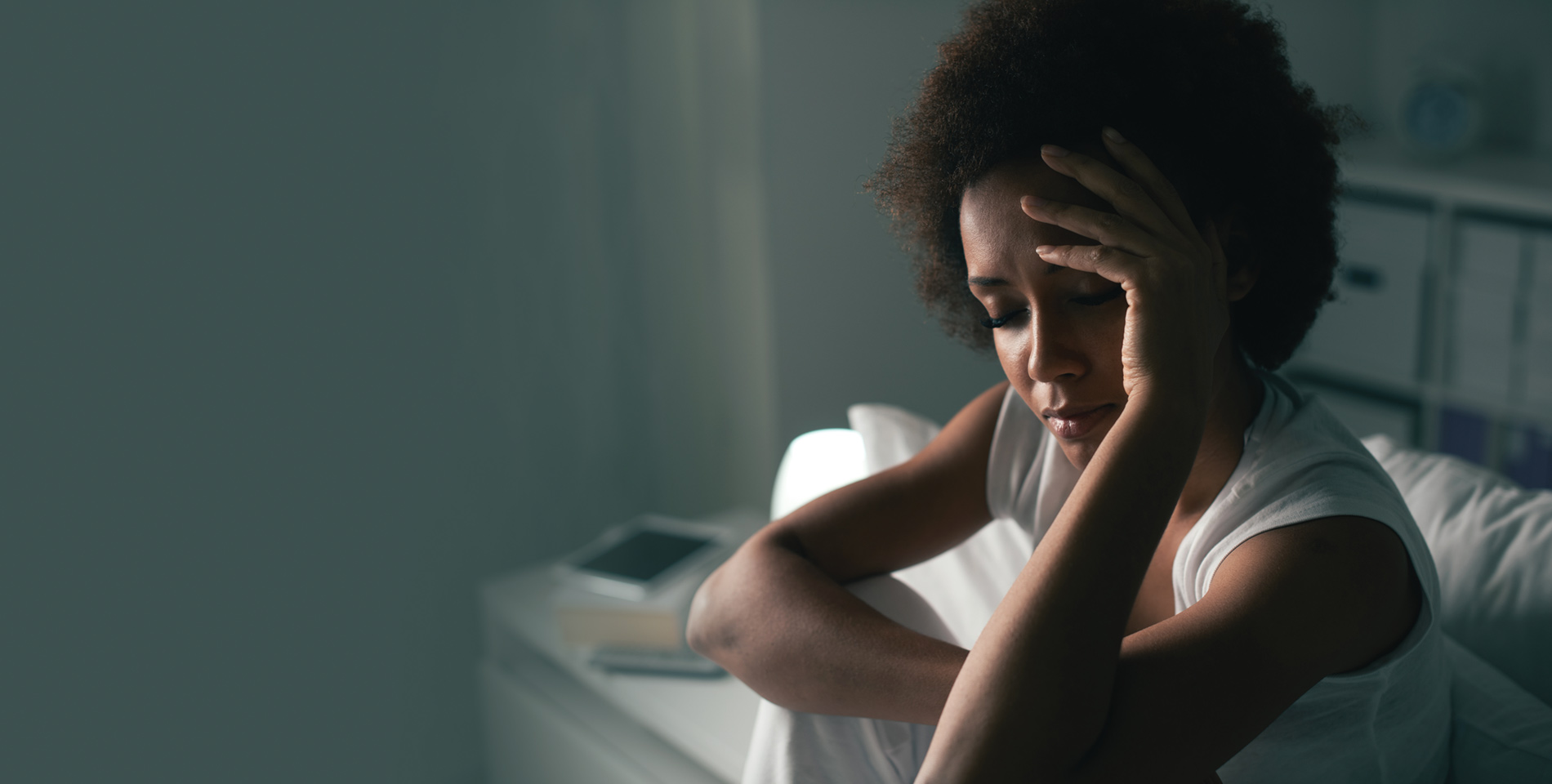Growing & Changing
Naturally, your body will change as you age. It may feel like you’re morphing into someone else completely. You feel indifferent, anxious and depressed while dealing with hair loss and crepe-like skin. You can’t seem to get rid of excess weight despite committing to exercise and diet programs. Salt cravings occur by day and sugar cravings by night. You’re unable to sleep. These changes seem to be slowly taking over your life.
However, this is all normal and is due to a shift in hormones that inevitably occurs in both men and women after age 30. Testosterone is an anabolic hormone that predicts the powerful strength of muscles, bones and tissues and melts body fat when present in optimized doses. Yes, women have testosterone too but in smaller amounts. Once it’s gone, body aches and pain are felt more intensely, especially after exercise.
Testosterone deficiency syndrome (TDS), which is often not diagnosed properly in mainstream medicine, is typically the reason that women struggle with weight issues and a lack of energy after age 40. Studies have shown that low testosterone can also lead to increased risk for cardiovascular disease, diabetes and dementia.
Hormone levels decrease by 3 percent yearly after age 30, and many women aren’t comfortable knowing that their body needs testosterone to become functional again. More studies are needed from the National Institutes of Health and the U.S. Food and Drug Administration to back up claims in reference to women’s health issues related to testosterone deficiency.
Certain triggers can accelerate hormone shifts and lead to premature aging. Cortisol is a stress hormone that the body uses in a fight or flight event. Emotional and physical stressors can cause the body’s hormone production to divert to cortisol, resulting in the inability of the biochemical pathway in younger men and women to produce testosterone. This is called “cortisol steal” and it presents with symptoms such as fatigue, low libido, weight gain in the midsection and cravings for salt.
Postpartum women typically experience hormone shifts after age 30, with symptoms including hair loss, fatigue, weight gain, low desire or drive, and depression related to low testosterone, cortisol dysfunction or even thyroid hormone imbalance. The thyroid hormone is responsible for the body’s metabolism and ability to burn calories, so it’s necessary to check this hormone level six months after pregnancy.
Hormone shifts may start 15 years before menopause in women (and andropause in men), with symptoms typically beginning subtly. But it’s important to know that you don’t have to suffer through it. There are plenty of things you can do to get back to feeling like yourself again. Being aware of the changes your body goes through is key because the earlier the hormones are replaced, the quicker your vitality and vigor will be restored.
Hormone Shift Checklist
-Weight gain in midsection
-Insomnia
-Anxiety, depression and mood swings
-Prolonged PMS
-Joint and back pain
-Low sex drive/libido
-Migraines
-Sugar and salt cravings
-High blood pressure
Dr. Marissa Magsino specializes in bio-identical hormone replacement, weight loss and revitalization treatments for men and women. She has been helping her patients rediscover the body’s natural youth and vitality for 20 years. Visit her website at www.MarissaMagsinio.com




Comments